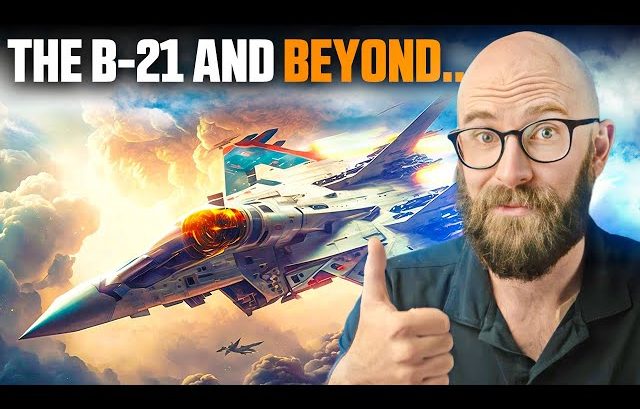Proponents of the sixth-generation idea say that it’s really quite simple. What defines this new generation is its unconventional systems and its relationship with information.
For many, the fact that the vast majority of systems being imagined and prototyped are very far distant from the traditional idea of a fighter aircraft means that we’re clearly looking at a new generation of warplanes.
Proposed Specifications
Traditionally, fighters have been known to be extremely fast and highly nimble. With 5th-generation fighters, however, this agility has become less of a priority with horizon sensors and long-range weapons taking the place of its dogfighting capability.
However, all countries developing 6th gen fighters agree that this process needs to be a whole step further. The US Navy’s F/A-XX program for instance released the concept of a carrier—born fighter without a tail, representing a significant reduction in certain types of maneuverability.
Very Low Observable Technology (VBO)
Very low observable technology is also ubiquitous in all the literature generated by sixth-generation programs around the world.
This involves not only sensor-evading contours but also highly innovative and classified radar-absorbent materials.
Weaponry
With 6th Generation Fighters, weaponry has also been undergoing a shift with significantly larger yield and long-range missiles being prioritized especially since there’s a reduced need to keep the aircraft small.
Additionally, improvements in militarization and energy efficiency mean that higher-power weapons can be carried with next-gen fighters with long-range-standoff air-to-air and ground attack missiles being developed for use by fighters instead of bombers.
Similarly, hypersonic weapons engines could also be carried by larger fighters. There’s also a lot of talk about using direct energy weapons.
Manned or Unmanned Fighter Jet
Probably one of the most unique features of 6th generation jets being proposed around the world has to do with information technology. Every program is looking for optional manning at the very least. It means that the plane could be flown either manned or unmanned.
There are also rumors that the Russian next-gen program is seriously looking for a fully unmanned fighter jet. It means with every single aircraft, each fighter would come with complementary unmanned aircraft. These might be expendable drone swarms, more complex fighter-sized systems, or a combination of both.
6th generation fighters are going to have systems that are fully integrated with space and ground-based systems, allowing secure information network sharing and remote control and decision-making assistance.
Revolutionary
What’s being envisioned here is the first cloud-based, AI-assisted fully shared battlespace picture. This allows fighter pilots to take a more fluid, intermediate role in multi-domain warfare and act as commander control for a diverse range of platforms both manned and unmanned.
The implications of this are potentially revolutionary. Not just for air combat, but for the whole of warfare in general. Highly specialized, high-value units like fighter jets are a massive resource drain, requiring huge amounts of manpower and technology required to sustain a single warplane.
With 6th gen warplanes, however, each fighter unit could be forced multiplied such that a single aircraft could be a self-contained, automated equivalent of what today is a huge array of sensors, ground teams, and warplanes.



